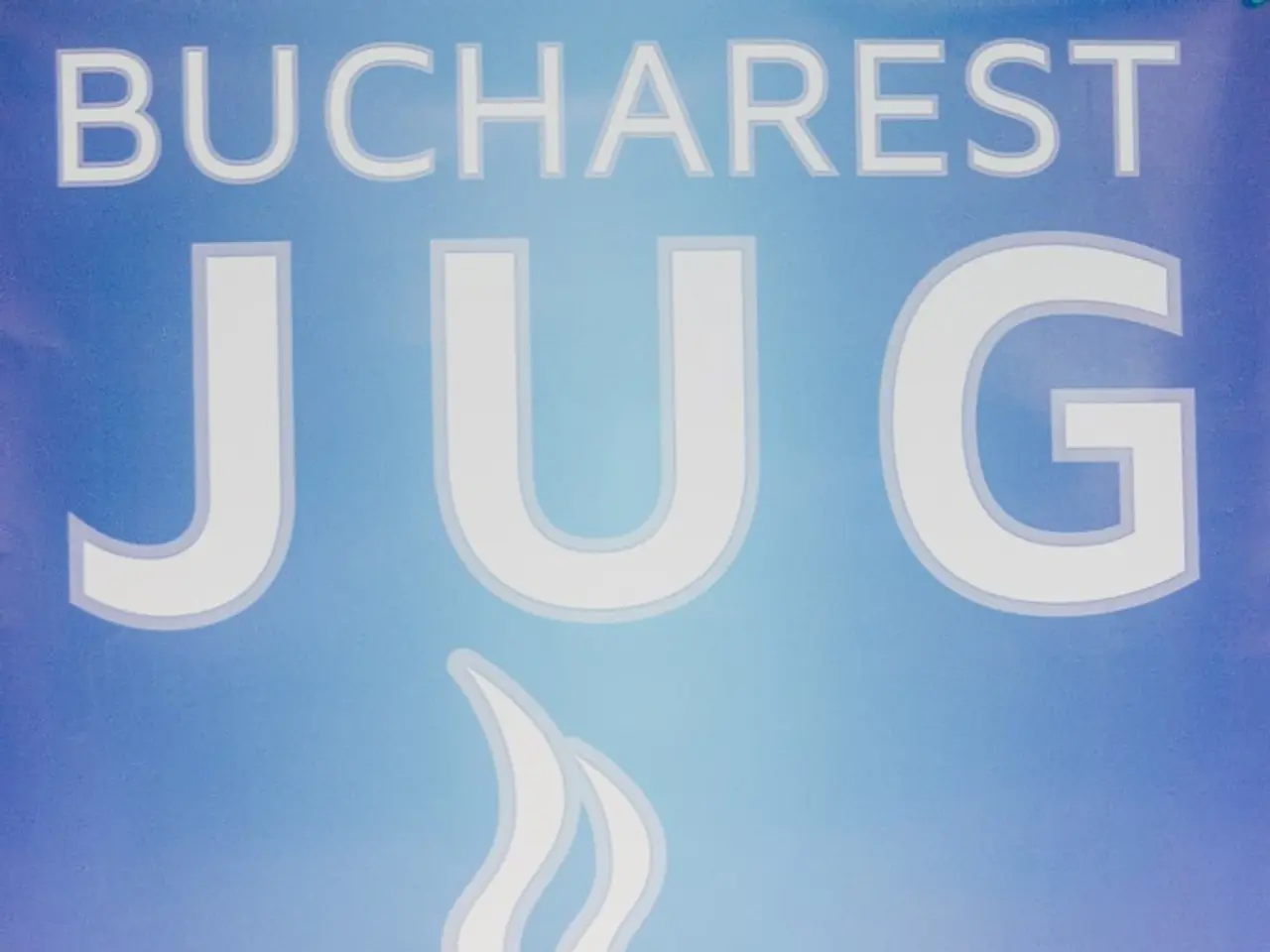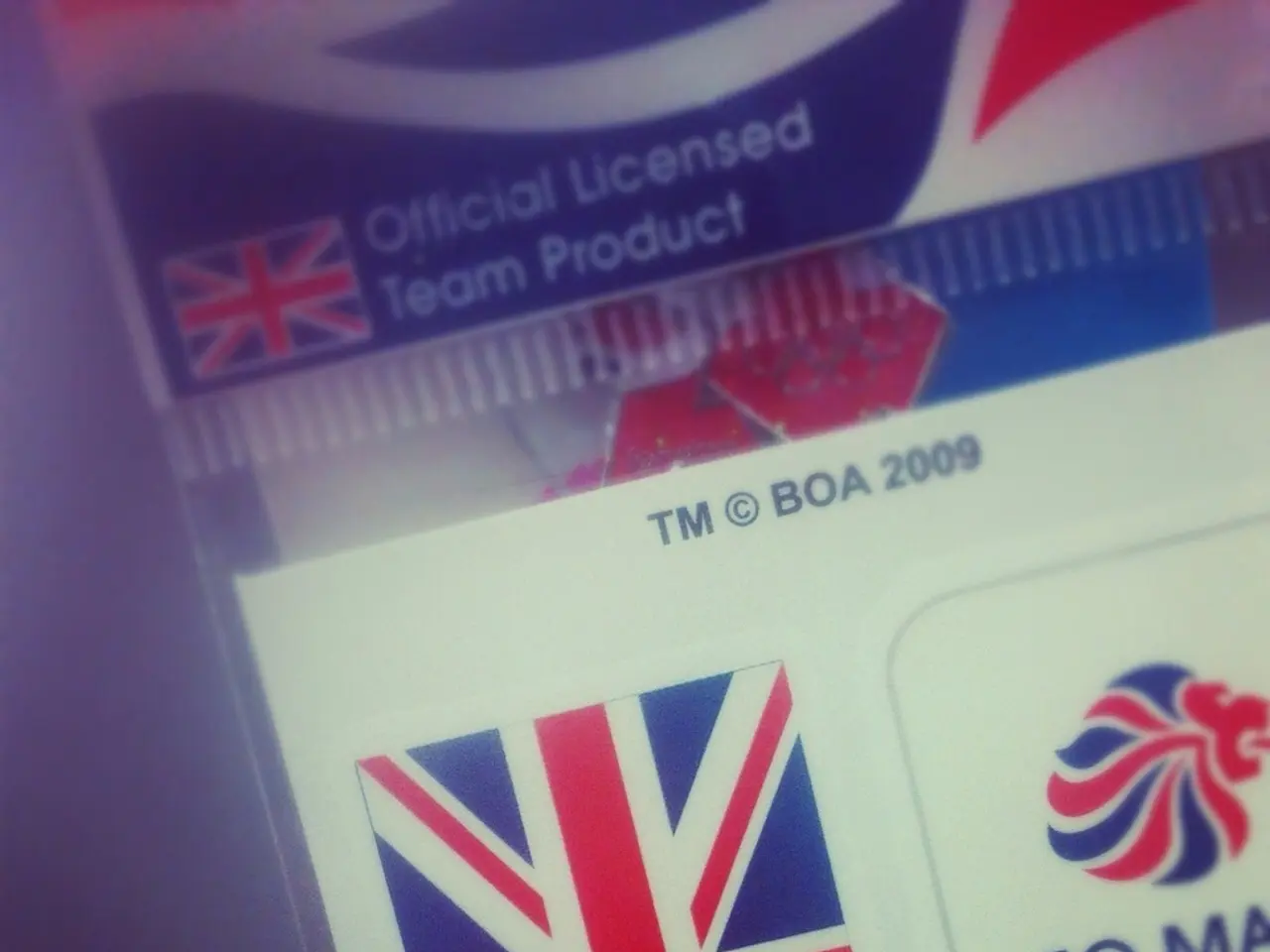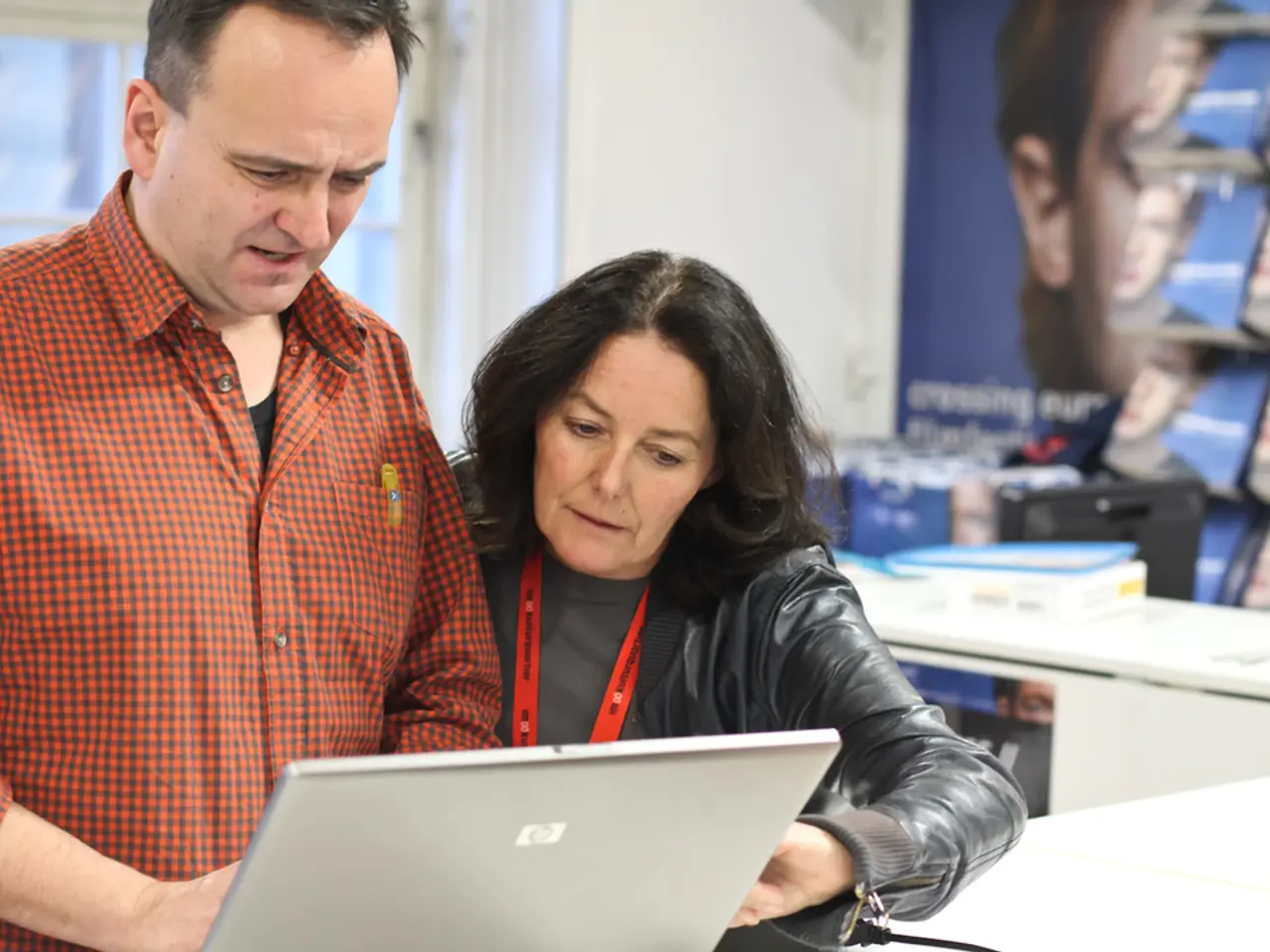trucking company TFI International's sequence of figures could signal a shift in direction
TFI International Embraces Asset-Light Model in U.S. Operations
TFI International, a leading transportation and logistics company, is actively transitioning towards a more asset-light model in its recently acquired businesses, particularly in the UPS LTL division (U.S. LTL operations) and the Daseke specialty truckload operations.
In the U.S. LTL network, TFI has substantially reduced its reliance on rail transport from about 30% to 20%, aligning operations more closely with industry benchmarks and improving service quality. This move streamlines asset use, lowers asset intensity, and allows for further efficiency improvements [1][4].
Following the acquisition of Daseke in April 2024, TFI has emphasised a shift towards freight brokering, focusing on moving away from asset-heavy ownership towards more asset-light freight brokerage models. This strategic pivot is aimed at freeing up capital and improving free cash flow, reported as $182 million for the quarter [3].
The company is also aggressively investing in technology platforms like Optum to improve linehaul and pickup-and-delivery efficiency. AI-driven tools are adopted to reduce labor intensity, particularly in freight appointment management and collections. Industry experts, such as Mark Fox, have been hired to improve safety and claims management, reducing costly incidents and improving operational reliability [1][4].
TFI's CEO, Alain Bedard, highlighted that maintaining strong cash flow through operational efficiency and the asset-light shift is a core goal, especially amid challenging market conditions. This shift allows TFI to remain cost-sensitive and competitive, though revenue pressures remain an ongoing challenge [3][4].
In the second quarter, TFI International reported free cash flow (FCF) of $182 million, with Bedard stating that strong free cash flow is always a top priority at TFI International. The adjusted EBITDA margin for TFI's LTL business was 17.8% in the second quarter, up from 14.4% in the first quarter [2].
Despite the struggles at the U.S. LTL operations having disappointed some shareholders, Bedard expressed optimism, stating that the company is now showing signs of being back in control. One U.S. LTL benchmark that did not improve was yield, which was down to $25.80 in the second quarter from $27.62 a year earlier [2].
Looking ahead, TFI plans to continue migrating towards the more asset-light model in the recently-acquired businesses. Bedard stated that the Daseke acquisition was made with the expectation that the industrial business in the U.S. would start to grow again, but they missed the call and may have been one year too early [2].
The new approach at Daseke includes brokering more freight to the market and driving less miles with the company's own assets. The truckload margin was 22.4% and in its logistics segment, that figure was 13.6%, both up from their respective first quarter numbers [2].
TFI's total LTL operating ratio (OR) was 89.5% in the second quarter, down from 93.1% in the first quarter [2]. Canada's LTL OR slipped slightly to 80.6% from 80.2% in the first quarter [5].
Bedard described TFI International as a "cash cow" and the strong cash flow as the "golden goose of TFI." TFI International has repurchased $84.9 million in shares in the quarter, equating to 1,025,000 shares [2].
Despite being down more than 40% in the last year, TFI's stock (NYSE: TFII) gained more than 6% post-close and earnings announcement. Bedard has been more positive about the company's operations in the last two quarterly earnings phone calls compared to his past assessments [2].
TFI International is planning to make similar changes to its specialty trucking operations in Canada [5]. The second quarter earnings showed a company that was still struggling year-on-year, but sequentially improved [5].
References: [1] https://www.ajot.com/news/tfi-international-shifts-asset-light-strategy-focuses-tech-and-ai [2] https://www.reuters.com/business/autos-transportation/tfi-international-q2-profit-beats-estimates-2021-08-05/ [3] https://www.nasdaq.com/articles/tfi-international-shifts-focus-to-asset-light-model-as-it-reports-q2-results-2021-08-05 [4] https://www.freightwaves.com/news/tfi-international-shifts-focus-to-asset-light-model-as-it-reports-q2-results [5] https://www.theglobeandmail.com/investing/stocks/tfi-international-inc/tfi/
Note: This article is generated by an AI and may not be entirely grammatically correct or perfectly formatted. It is intended to provide a general idea of the content based on the provided bullet points. For a professionally written article, it is recommended to have a human writer review and edit the content.
TFI International, in an attempt to streamline its operations and improve efficiency, is investing heavily in technology platforms like Optum for their linehaul and pickup-and-delivery processes, with a focus on reducing labor intensity and improving reliability. This move demonstrates a strong intent in the finance sector, particularly in the business domain, of employing technology to revolutionize investing strategies in the context of general-news and industry trends.
In a strategic pivot aimed at freeing up capital and improving free cash flow, TFI International is transitioning towards asset-light freight brokerage models, demonstrated by the acquisition of Daseke and the subsequent shift from an asset-heavy to a more technology-driven approach. This demonstrates a significant change in the finance and business landscape, showing how technology is playing an increasingly key role in investing and operation strategies in various industries.




